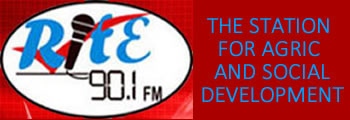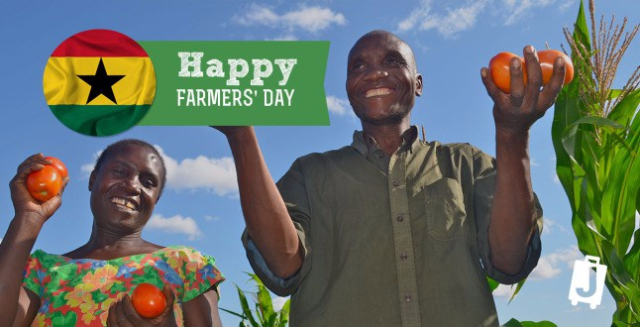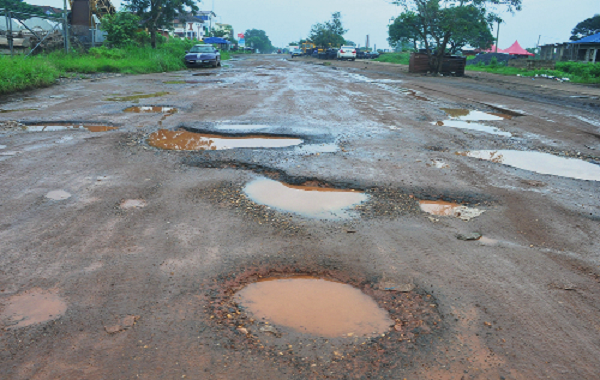Long rains to boost Kenya’s food security

The long rains which are pounding several parts of Kenya are likely to drive improvements in food security in the East African nation, a food security report released in Nairobi on Monday has revealed.
According to Kenya and U.S. governments funded Famine Early Warning Systems (FEWS Net)’s Food Security Outlook Update for June, the long rains have been average to above-average in cumulative amount since March in the high-and medium-potential agricultural areas.
“Food imports should moderate price increases, and short-cycle long rains crops from high-potential, medium-potential, and marginal agricultural areas will start to be harvested in June,” notes the report.
The report comes as President Uhuru Kenyatta assured Kenyans on Monday that his government has begun and will sustain its immense investment in food security and drought resilience.
Kenyatta said the government has been alert in recent dry seasons to ensure that food markets effectively transmit balanced nutrition between food surplus and deficit areas.
“Coupled with that, my government has established vigilance and accurate response to any famine or drought. We will continue protecting our people from starvation, and our pastoral communities from losses following drought,” Kenyatta said during the celebrations to mark self-rule in Nairobi.
“Through our strategic food reserves, animal uptake subsidy schemes and livestock insurance, we are investing in solid resilience for our communities,” he added, noting that the government has also intervened strongly to enhance food supply and bring down the prices of staple foods.
The Kenyan leader said his government has also partnered very strongly with county governments to ensure that there is adequate investment in agriculture, food production and rural enterprises.
According to FEWS Net, near average March to May long rains in most pastoral areas have helped improve food security.
Despite improvements, most pastoral areas are expected to remain “stressed” through September, in the southeastern and coastal marginal agricultural areas, the late start of the rains and below average rainfall in some places is likely to lead to below-average crop production.
Only if the long rains continued through early June, which is not the most likely scenario, would crops likely, develop enough to produce a near average harvest.
With very limited or no food stocks from their own production, households will need to continue to purchase food from markets through September.
The report notes that household incomes are likely to be below average due to limited agricultural labor demand. Short-cycle crops will start to be harvested in June.
“These sources of food and income coupled with coping mechanisms would ensure most households maintain access to minimally adequate amounts of food through June,” it says. Enditem
-Xinhua




